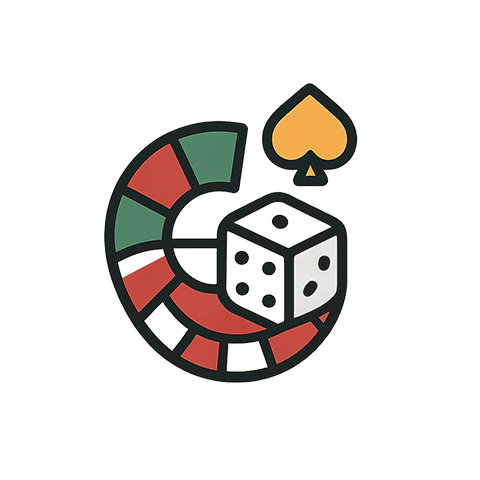Poker is not just a game of chance; it’s a battle of wits where knowledge of position can give you a significant edge over your opponents. Understanding your position at the table is vital to developing a winning strategy, and it can often be the difference between a fold and a showdown.
At a poker table, positions generally fall into three categories: early position, middle position, and late position. Each of these positions carries its own unique set of advantages and disadvantages that can significantly impact your approach to the game.
Early Position: The Weight of Responsibility
When you find yourself in early position (EP), you have the tough job of acting before the majority of players in the hand. This position requires caution, as you have less information about how your opponents will react. Being the first to act can feel daunting, but it often forces you to tighten your range, leading you to play stronger hands. It’s a crucial step that instills discipline and patience in novice players, who may feel the pressure to make moves early on. Understanding the weight of responsibility that comes with early position will help you become a more strategic and capable player.
Middle Position: A Balancing Act
Middle position (MP) allows for a more versatile approach. Players in this position have the luxury of observing some of their opponents’ actions before making a decision. This increased information can enhance your ability to read the table and adjust your strategy accordingly. Are your opponents betting aggressively? Are they playing conservatively? Middle position can feel like walking a tightrope: you have enough information to make informed decisions, but you must balance between solid plays and sneaky plays. It’s here where you can start to flex your creativity and make the game uniquely yours.
Late Position: The Power of Control
Late position (LP) is often regarded as the most advantageous spot in poker. With the power of knowledge, players in this position can take advantage of their opponents’ bets or folds. The ability to see how the players before you act can be exhilarating; you can decide to apply pressure or to play even more conservatively based on the dynamics of the table. This strategic advantage allows for more aggressive plays with wider hands, and can even enable you to bluff effectively. Mastering late position is like taming a wild horse—it requires confidence, skill, and the knowledge of when to take control.
Position is Key
Ultimately, understanding position in poker is about recognizing that it can enhance or hinder your performance throughout the game. Whether you’re playing in a friendly home game or a high-stakes tournament, being aware of where you stand at the table allows you to make calculated decisions that can maximize your potential for profit. Position is not just a fact of playing poker; it’s a feeling of empowerment, control, and strategy that can elevate your game from simple play to artistry. Embrace your position, study the players at the table, and enjoy the journey to mastering one of poker’s fundamental truths.




